Intro
Discover how to identify and treat lice in infants, including symptoms, removal methods, and prevention techniques for baby lice infestations, head lice, and crab lice.
Lice infestations in infants can be a distressing experience for parents, especially given the vulnerability of this age group. Infants, particularly those under the age of one, are susceptible to various health issues due to their developing immune systems. Head lice, a common problem in older children, can also affect infants, although it is less common. Understanding the signs, symptoms, treatment options, and preventive measures is crucial for managing lice infestations in infants effectively.
The presence of lice in infants can be attributed to close contact with an infected person, usually a family member or caregiver. Lice are highly contagious and can spread through direct head-to-head contact, shared personal items like combs, brushes, or towels, and even through lying on contaminated bedding or furniture. The risk of infestation increases in environments where hygiene practices are poor or where there is a lack of awareness about lice transmission.
Infants with lice may exhibit symptoms such as intense itching on the scalp, redness, and inflammation. However, due to their age, they might not be able to communicate their discomfort effectively, making it essential for parents and caregivers to be vigilant. Regular checks for lice and nits (lice eggs) are crucial, especially after an outbreak in the family or in daycare settings. Early detection is key to preventing the spread and reducing the discomfort and potential complications associated with lice infestations.
Lice Infestation Signs and Symptoms
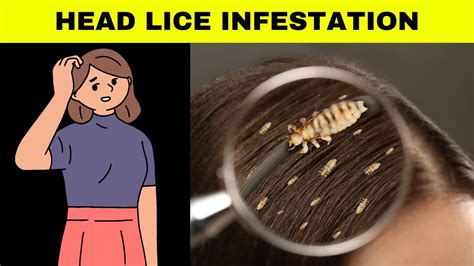
Diagnosis and Treatment
Diagnosing lice in infants involves a thorough examination of the scalp, looking for live lice or nits. Nits are usually found attached to the hair shaft, close to the scalp, and can be mistaken for dandruff or other scalp conditions. A healthcare provider can confirm the diagnosis and recommend appropriate treatment options. Treatment for lice in infants typically involves over-the-counter or prescription medications that kill lice and nits. However, it's crucial to follow the instructions carefully and consider the age and weight of the infant to avoid any adverse effects.Treatment Options for Lice in Infants
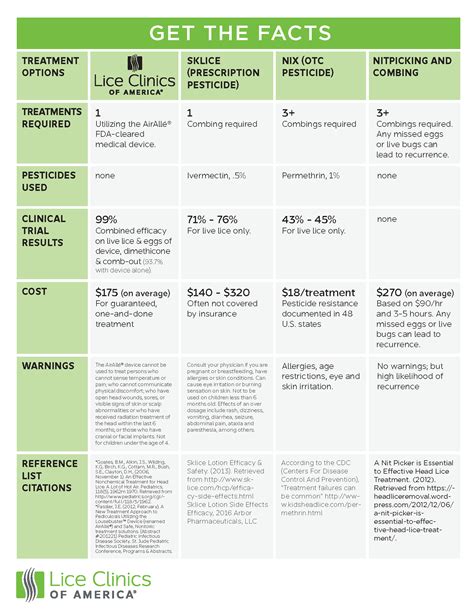
Preventive Measures
Preventing lice infestations in infants involves a combination of good hygiene practices, environmental cleaning, and regular checks for lice and nits. Parents should discourage head-to-head contact during play, avoid sharing personal items, and ensure that any items that come into contact with the infant's head are washed in hot water and dried on a hot setting. Regularly cleaning and vacuuming the home, especially areas where the infant spends most of their time, can also reduce the risk of infestation.Environmental Cleaning and Hygiene

Home Remedies and Natural Treatments
Some parents explore home remedies and natural treatments for lice, citing concerns over chemical treatments. While these methods may be appealing, their effectiveness can vary, and they may not be suitable for infants due to potential skin irritation or allergic reactions. Examples include mayonnaise, coconut oil, and tea tree oil treatments. However, before using any home remedy, it's crucial to consult with a healthcare provider to ensure the method is safe and effective for the infant's age and condition.Natural Treatments and Home Remedies
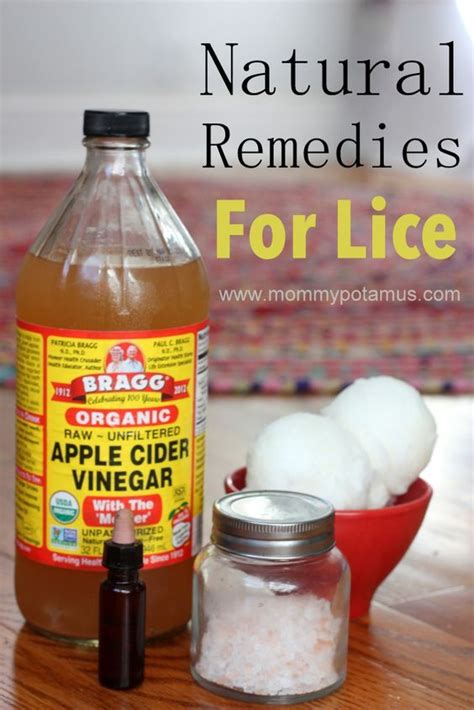
Support and Resources
Managing lice in infants can be stressful and overwhelming for parents. Seeking support from healthcare providers, family, and friends is crucial. There are also numerous resources available online and in communities that offer guidance on treatment, prevention, and coping with the emotional aspects of dealing with lice infestations. Support groups, both online and in-person, can provide a platform for parents to share their experiences, receive advice, and find comfort in knowing they are not alone in dealing with this common issue.Community Support and Resources
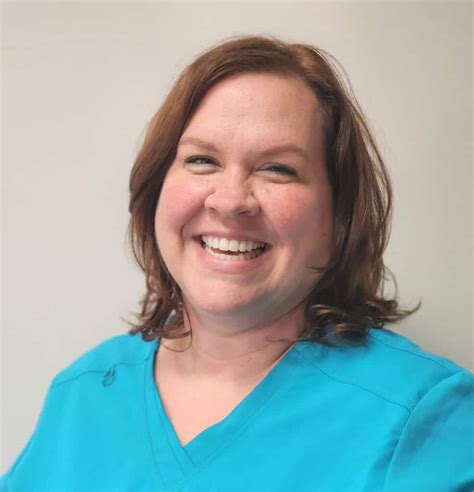
Conclusion and Final Thoughts
In conclusion, lice infestations in infants, while distressing, can be managed effectively with the right approach. Early detection, appropriate treatment, and preventive measures are key to reducing the risk and impact of lice infestations. By staying informed, seeking support when needed, and maintaining good hygiene practices, parents can help protect their infants from lice and ensure a healthy and comfortable environment for their child to grow and thrive.Final Considerations and Next Steps
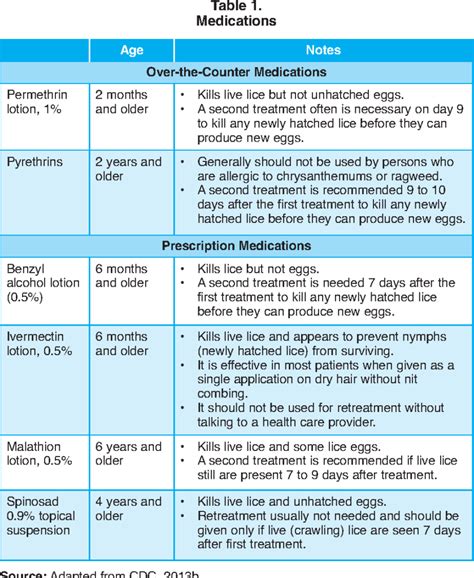
How common are lice infestations in infants?
+Lice infestations in infants are less common than in older children but can still occur. They are usually spread through close contact with an infected person.
What are the symptoms of lice in infants?
+Symptoms include intense itching on the scalp, redness, inflammation, and in some cases, difficulty sleeping or irritability due to discomfort.
How do I treat lice in my infant?
+Treatment typically involves medicated shampoos or creams, and in some cases, manual removal of lice and nits. It's essential to follow a healthcare provider's advice and the product's instructions carefully.
We invite you to share your experiences, ask questions, or offer advice on managing lice infestations in infants. Your input can help others navigate this challenging situation and contribute to a more informed and supportive community. Whether you're seeking information, looking to help others, or simply wanting to express your thoughts, we encourage you to engage with this topic and help create a valuable resource for all.
